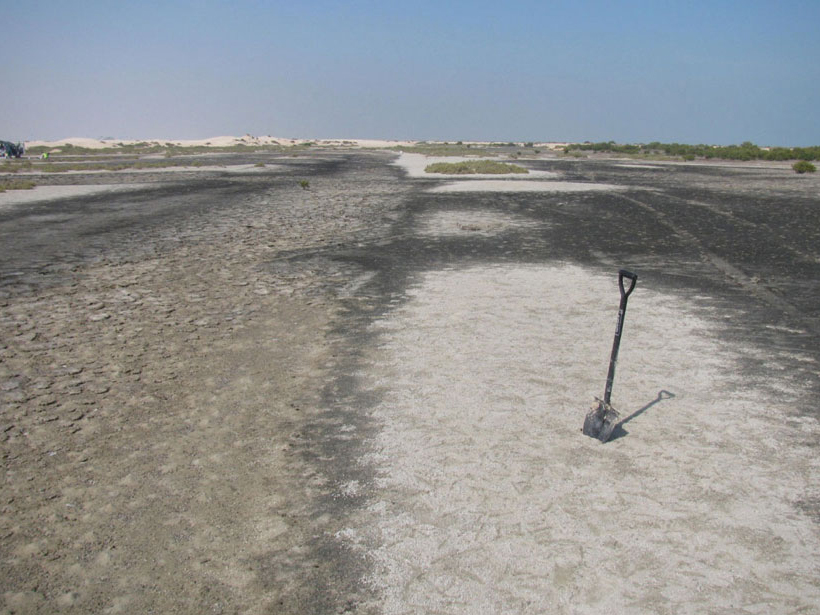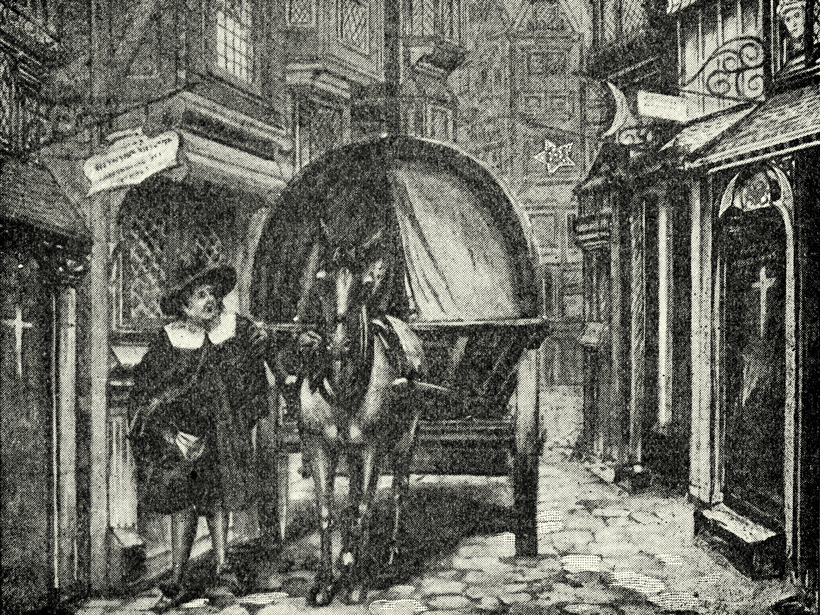Viruses might have helped transform dense bacterial colonies into a type of sedimentary rock that is frequently associated with underground oil reserves.
bacteria & microbes
Searching for Organic Carbon in the Dry Valleys of Antarctica
Researchers identify the first evidence of microbial respiration in desiccated Antarctic permafrost soils.
Microbes May Thrive in Subsea Permafrost Long After Flooding
Two cores from the East Siberian Arctic Shelf reveal how microbial communities develop over thousands of years as submarine permafrost slowly thaws.
Antarctic Microbes Shape Nutrient Content of Snowmelt
As temperatures continue to rise, snow-dwelling microbes could accelerate melting and influence downstream ecosystems.
Plague Bug May Have Lurked in Medieval England Between Outbreaks
A new analysis of climate records in England and Europe’s Low Countries suggests that the disease-causing bacterium persisted in rodents between recurrences in people.
How Do Microbial Ecosystems and Climate Change Interact?
The American Society for Microbiology and the American Geophysical Union offer insights from a transdisciplinary collaboration of their scientists regarding this question and areas for further study.
Tiny Creatures Form Massive, Bright Ring Around Antarctica
Dense algae populations in the Great Calcite Belt could cause carbon dioxide release from the ocean into the atmosphere.
Soil Bacteria Could Help Absorb Natural Gas Leaks
For the first time, new research examines the response of terrestrial soil microbes to a massive natural gas blowout and offers hope for new remediation strategies.
How Did Fragile Early Microbes Become Fossils?
During the Ediacaran period more than a half billion years ago, clay mineral coats likely shielded delicate remains, helping them become exquisitely preserved in rock, recent experiments suggest.
Bacteria Preserve Record of Earth's Magnetic Fields
Tiny yet stable magnetized particles created by microbes long ago could help scientists better determine the strength and orientation of ancient magnetic fields.










